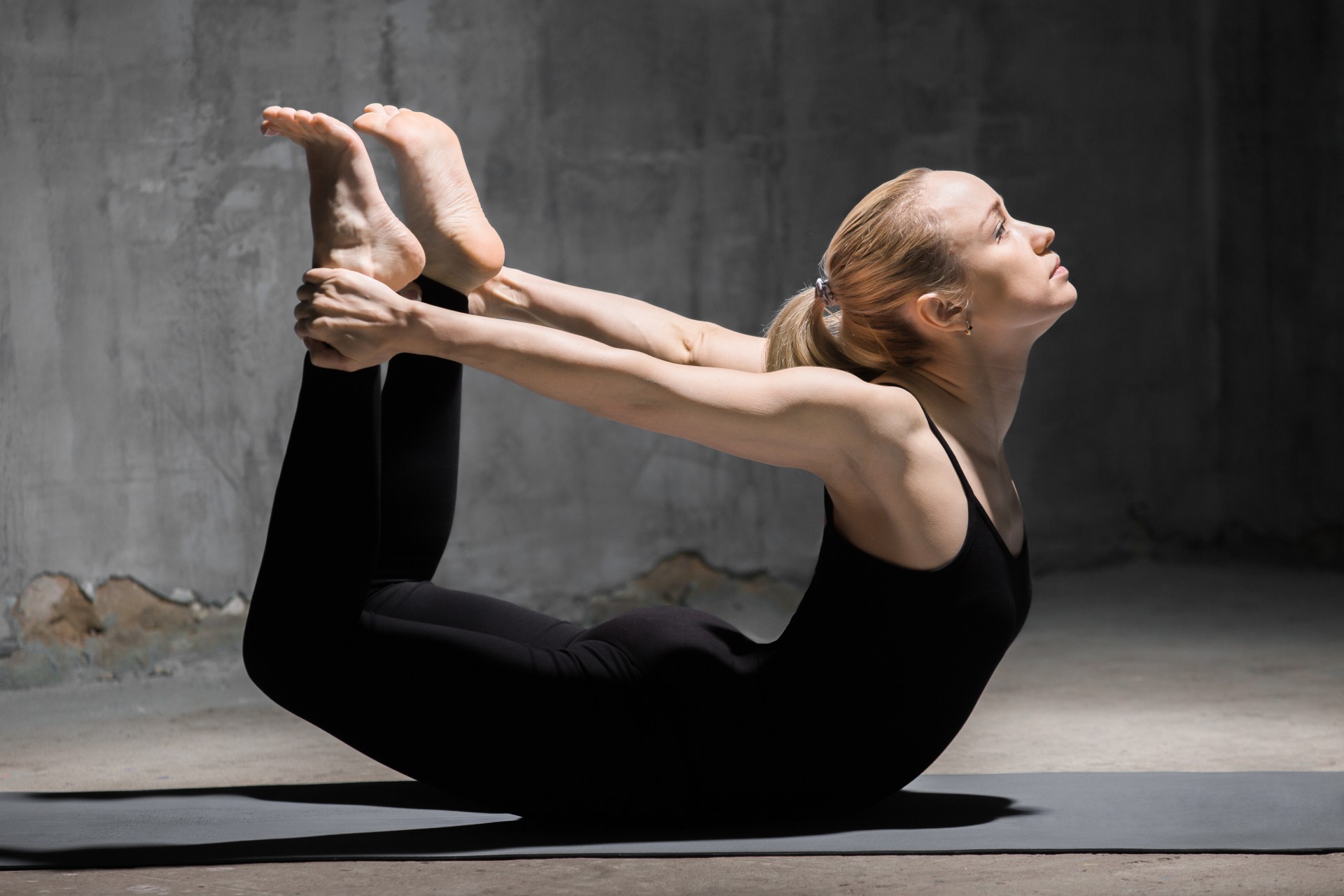
HERNIATED DISC BLUES
Q: “I recently herniated a disc in my back and am slowly working my way back to activity. I used to do yoga—and Bikram yoga on occasion—in addition to weightlifting. Which activity should I prioritize as I try to get back to things? Weightlifting? Yoga? A low-impact routine like swimming?”
— David S., via Twitter
Answer by Heather Quinlan, certified Bikram Yoga instructor:
I like to say in my Bikram Yoga classes “Happy spine, happy life.” So what happens when something goes wrong to that very important super highway that runs down your back? Go to Bikram Yoga. If you are already a student, KEEP GOING.
First and foremost, the sequence of 26 postures and two breathing exercises has been taught in the US completely unchanged for almost 50 years. That says a lot given the plethora of ever changing fitness options we have today.
With that said, the beauty of Bikram Yoga is when you are injured you can still come to yoga. You don’t have to stay away and sit idle hoping you wake up tomorrow feeling better. Give yourself 90 minutes in the hot room and relief is on the way. As always, the sequence must be done in its entirety so the body is completely warmed up and ready as you move through the postures. The bad news is there’s no shortcut and no magic pill. However, change is guaranteed, and Bikram comes with no scary list of side effects like a prescription painkiller!
The way the magic of the postures works is two-fold. First, the phrase “like natural human traction” is used often in a Bikram yoga class. In a number of postures, Half Moon, Balancing Stick, Half Tortoise, your spine is experiencing traction through the stretch of the posture. That creates space in between the vertebrae and takes pressure off the nerves that are creating the pain and inflammation. That same pressure is decreasing the function of the nerves that are attached to the vertebrae.
The second key to the magic is back bending. Any postures that include back bends (Awkard, Cobra, Camel), that movement is essentially pushing the disc back into place over time. Make sure to use caution on any forward bending in the class and if you feel sharp pain after any posture, talk to your certified Bikram instructor. The key is to move slowly and remember with any injury your body is probably capable of less range of motion and that’s OK! With Bikram Yoga, as long as you try 100% the right way to get into the posture, you get all the benefits. If that means less range because of a herniated disc, then listen to your body but keep doing your yoga!
Originally published in Robert Irvine Magazine.

